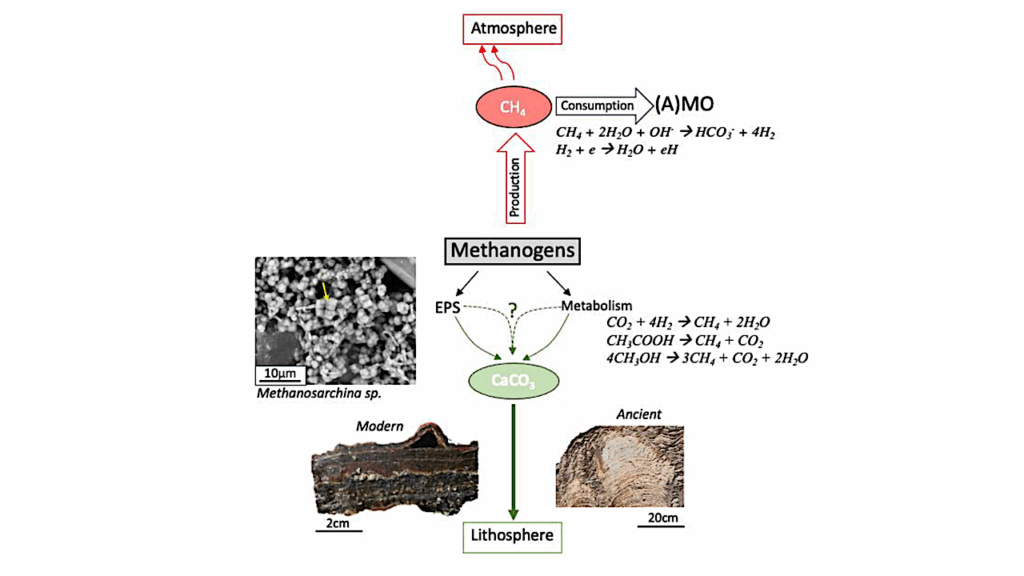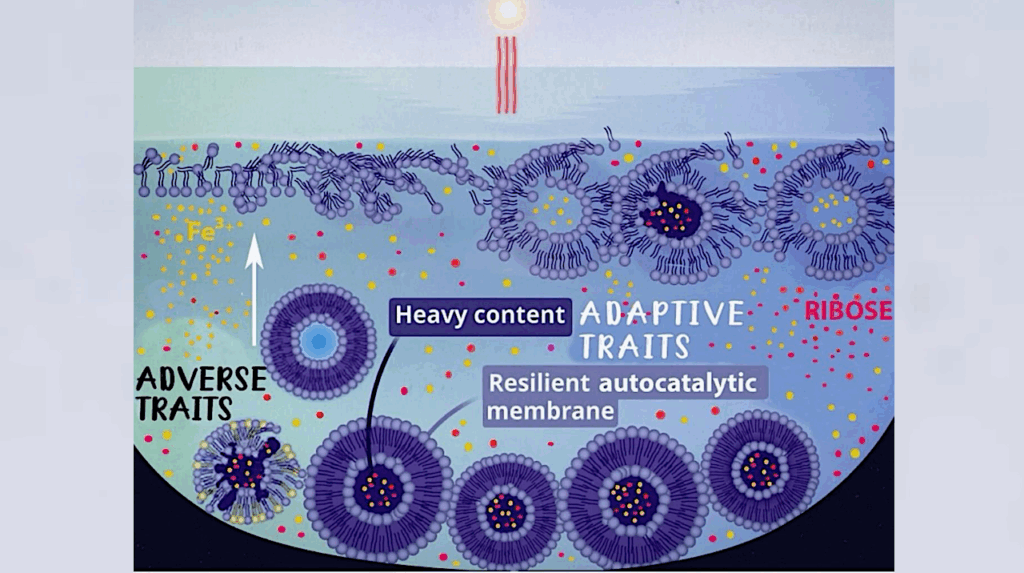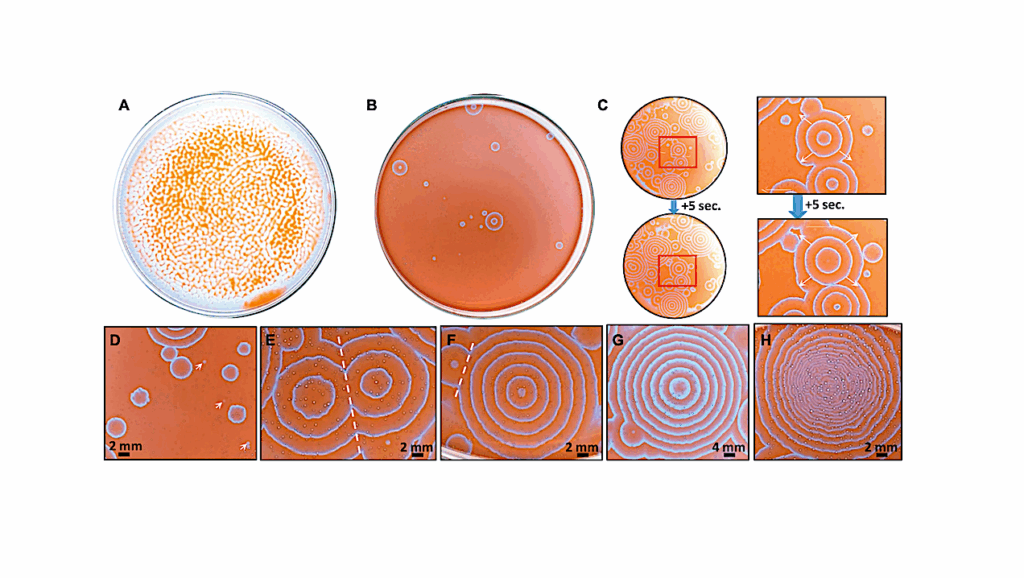A Simple Chemical Process May Have Led To The Origin Of Life On Earth

Research has shown that reactions of alpha-hydroxy acids, similar to the alpha-amino acids that make up modern proteins, form large polymers easily under conditions presumed prevalent on early Earth.
These alpha-hydroxy acid polymers may have aided in the formation of living systems on early Earth.
There are different theories for how life first formed on early Earth. One popular one suggests that life may have arisen in specialized environments, such as tidal pools or shallow water hot springs, where simple chemical reactions would have helped generate life’s precursors. All life is made up of polymers, large molecules made up of a sequence of molecules called monomers. A key question is how biological polymers could have formed without enzymes on early Earth.
While environments of early Earth might have had monomers that could give rise to life, it would have been difficult for polymers to arise from these without the help of enzymes. In this case, the team showed these polymers could have formed with alpha-hydroxy acids before the existence of enzymes on early Earth.
This multi-national team showed that hydroxy acids polymerize more easily than amino acids, and that they could have provided the necessary toolkit to kick-start the formation of more complex molecules for the origin of life on Earth.
To simulate various primitive environments, the team reacted alpha hydroxy acids under varied conditions of pH and temperature, from room temperature to boiling hot. Using sophisticated high-resolution mass spectrometry and data analysis software, they showed that these polymers can form over a range of conditions.
The team showed further, that using a mixture of different types of alpha-hydroxy acid that they could form huge numbers of types of polymers, in effect creating vast ‘libraries’ of different chemical structures, which can remain stable over a range of environmental conditions. The work culminated with the creation of a polyester library made up of five kinds of alpha hydroxy acids (Figure 1). They showed that this simple-to-create library could contain hundreds of trillions of distinct polymer sequences.
This research opens new areas of exploration of the chemistry that may have led to the formation of life. The authors are keen to extend this work by investigating the types of functions of alpha-hydroxy acid polymers might be able to carry out, and other types of simple chemicals that could interact with these, possibly leading to self-replicating chemical systems.
Reference
Kuhan Chandru1, Nicholas Guttenberg1, Chaitanya Giri1, Yayoi Hongo1, Christopher Butch1, Irena Mamajanov1, H. James Cleaves II1,2,3,4*, Simple prebiotic synthesis of high diversity dynamic combinatorial polyester libraries, Nature Communications Chemistry volume 1, Article number: 30 (2018), DOI: 10.1038/s42004-018-0031-1
1. Earth-Life Science Institute, Tokyo Institute of Technology
2. Blue Marble Space Institute of Science, USA.
3. Institute for Advanced Study, Princeton, USA.
4. Center for Chemical Evolution, Georgia Institute of Technology, USA.
About Tokyo Institute of Technology
Tokyo Institute of Technology stands at the forefront of research and higher education as the leading university for science and technology in Japan. Tokyo Tech researchers excel in a variety of fields, such as material science, biology, computer science and physics. Founded in 1881, Tokyo Tech has grown to host 10,000 undergraduate and graduate students who become principled leaders of their fields and some of the most sought-after scientists and engineers at top companies. Embodying the Japanese philosophy of “monotsukuri,” meaning technical ingenuity and innovation, the Tokyo Tech community strives to make significant contributions to society through high-impact research. http://www.titech.ac.jp/english/
About Earth-Life Science Institute (ELSI)
Launched in 2012, ELSI is one of Japan’s ambitious World Premiere International research centers, whose aim is to achieve progress in broadly inter-disciplinary scientific areas by inspiring the world’s greatest minds to come to Japan and work on the most challenging issues as a collaborative effort. ELSI’s primary aim is to address the co-origin and co-evolution of the Earth and life.
About WPI
The World Premier International Research Center Initiative (WPI) was launched in 2007 by the Ministry of Education, Culture, Sports, Science and Technology (MEXT) in a drive to build “globally visible” research centers in Japan. These institutes aim to boast a very high research standard and outstanding research environment that attracts frontline researchers from around the world to come and work in them. These centers are given a high degree of autonomy, allowing them to revolutionize conventional modes of research operation and administration in Japan.








